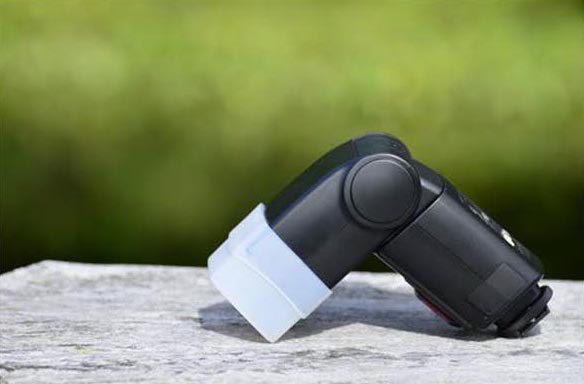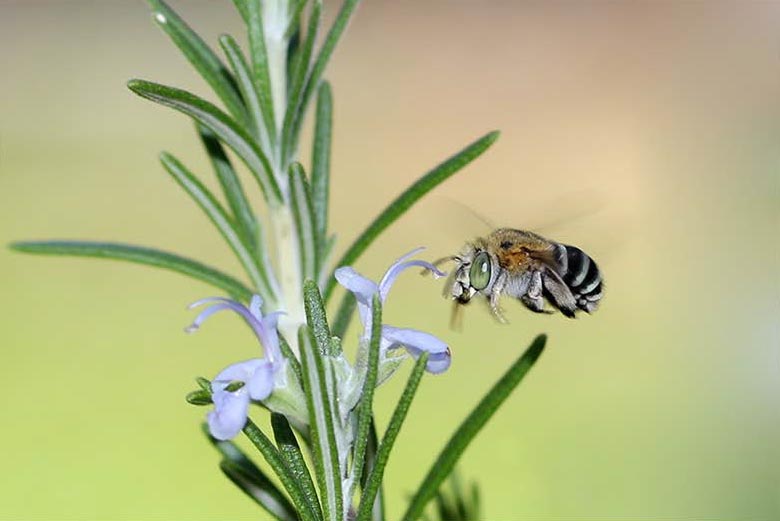You can make photography journey much easier by following this one simple macro photography tip. Use your cameras’ flash function or better still a speed light, ring flash or twin light setup, to obtain a fast shutter speed.
Those who use a dedicated macro lens for macro photography will understand how hard it is to raise the aperture f/number for a large depth of field, yet keep the shutter speed fast enough to capture an insect on the move. This is especially true when it comes to shooting macros in a shady part of your garden. Listed below is my go to technique for macro photography using a speedlite.
- Place your speedlite onboard your camera and turn both the speedlite and camera on.
- Open the camera menu and look for an item called ‘Flash Control’ or something similar. If you have an option for E-TTL Flash Mode make sure it’s enabled.
- Set the E-TTL meter to evaluative. While you are there, also change the ‘Flash sync. speed’ in AV mode from Auto to the highest fixed speed available. Normally 1/250 sec. (fixed) or similar. The flash sync speed will then be fixed at 1/250 second, preventing subject blur and camera shake.
- There are two ways to go about the remainder of the settings. You could set Shutter Speed Priority using 1/250 second and let the camera choose the aperture. Or alternatively, you could set Aperture Priority using f/11-f/13. This will ensure a larger area of the bug is in focus and not just the eye.
- The flash setting you made earlier will ensure the speed is kept at 1/250 seconds.
- Now take a couple of test shots. If you find the background is black, increase the ISO to 400 and try again.
The use of flash for macro photography, whether you use a speedlight, twin lights or ring light, is the best way to ensure you achieve sharp quality images. That’s all there is to it. Simple right?
Sign-up for our online photography course and learn how to master your digital camera in easy to understand “at your own pace” lessons.
Click here for more information and sign-up details

